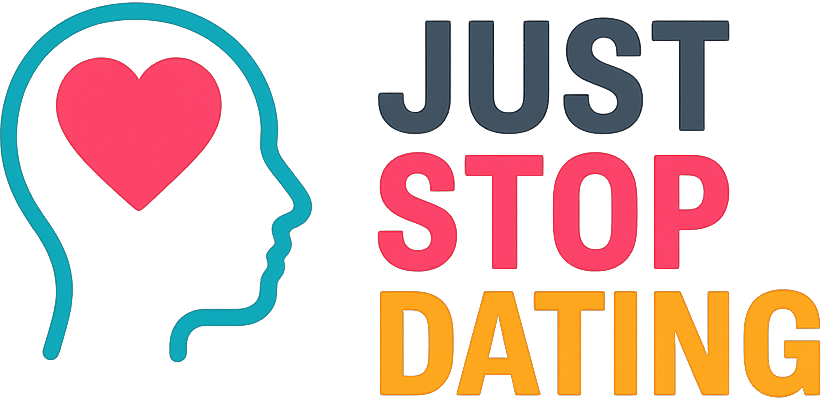Insecure Attachment refers to a pattern of emotional bonding where individuals experience fear, anxiety, or distrust in close relationships due to inconsistent, neglectful, or traumatic early caregiving experiences. Technically, insecure attachment is characterized by the inability to form stable, trusting emotional connections. In accessible terms, insecure attachment makes it harder for people to feel safe and loved in relationships, often leading to fear of abandonment or fear of intimacy.
Insecure Attachment
| |
|---|---|
| Full Name | Insecure Attachment Pattern |
| Core Characteristics | Fear of abandonment or intimacy, emotional dysregulation, distrust, relational instability |
| Developmental Origin | Result of inconsistent, unresponsive, or traumatic caregiving during infancy and childhood |
| Primary Behaviors | Clinginess, withdrawal, distrust, emotional volatility, avoidance of vulnerability |
| Role in Behavior | Influences romantic relationships, friendships, parenting style, and emotion regulation strategies |
| Associated Traits | Low relational trust, high emotional reactivity, fear of intimacy, chronic insecurity |
| Contrasts With | Secure attachment (characterized by trust, resilience, emotional balance) |
| Associated Disciplines | Developmental psychology, clinical psychology, couples therapy, trauma studies |
| Clinical Relevance | Associated with mood disorders, anxiety disorders, personality disorders, PTSD, and relationship dysfunction |
| Sources: Bowlby (1969), Ainsworth (1978), Main & Solomon (1990), Mikulincer & Shaver (2007) | |
Other Names
Anxious attachment, avoidant attachment, disorganized attachment
History
The concept of insecure attachment was first described by John Bowlby (1969) in his attachment theory framework. Mary Ainsworth (1978) expanded the theory through her “Strange Situation” experiments, categorizing children’s responses to caregiver separation into secure, anxious, and avoidant patterns. Later, Main and Solomon (1990) introduced the concept of disorganized attachment to describe children showing contradictory and chaotic behaviors toward caregivers.
Over time, attachment theory evolved into a major field influencing clinical psychology, developmental science, and relationship counseling.
Mechanism
Insecure attachment develops when early emotional needs for safety, consistency, and soothing are unmet or inconsistently met:
- Hyperactivation strategies: Heightened emotional expression to gain caregiver attention (common in anxious attachment).
- Deactivation strategies: Emotional suppression and relational distancing to minimize perceived threats (common in avoidant attachment).
- Disorganized strategies: Erratic, contradictory behaviors toward attachment figures, often linked to trauma exposure.
These early patterns shape internal working models (beliefs about self and others) that influence later relationship dynamics.
Psychology
Psychological impacts of insecure attachment include:
- Chronic relationship anxiety: Fear of rejection or betrayal undermines intimacy.
- Low self-worth: Internalized belief of being unworthy of consistent love and care.
- Conflict-prone dynamics: Difficulty with emotional regulation often escalates relational conflict.
- Attachment-related defenses: Avoidance of vulnerability, overcontrol, or emotional withdrawal.
Insecure attachment often requires therapeutic intervention to restructure maladaptive relational patterns.
Neuroscience
Neuroscientific research on insecure attachment shows:
- Hyperactivation of the amygdala: Heightened sensitivity to perceived relational threats and rejection.
- Reduced prefrontal regulation: Impaired executive function during emotional stress, reducing impulse control and emotional reappraisal.
- Altered oxytocin and vasopressin signaling: Dysregulation of neuropeptides involved in bonding and trust development.
- Anterior cingulate cortex (ACC) involvement: Increased emotional pain from social exclusion or perceived abandonment.
Attachment security influences brain organization related to emotion regulation, stress responses, and social cognition.
Epidemiology
Attachment patterns are widespread across populations:
- Approximately 35–45% of adults in Western populations demonstrate insecure attachment patterns based on survey data.
- Higher rates are observed in individuals exposed to early trauma, neglect, or inconsistent caregiving.
- Attachment styles are influenced by cultural values around independence versus interdependence but insecure patterns appear cross-culturally.
In the News
- Therapy trends: Growing emphasis on attachment-based interventions in trauma therapy, couples counseling, and relational repair models.
- Media discourse: Public conversations increasingly discuss anxious and avoidant attachment styles to understand modern dating challenges.
- Workplace dynamics: Organizational psychology explores how attachment insecurities influence leadership styles, trust, and team cohesion.
Media
Books
– Attached by Amir Levine and Rachel Heller popularized attachment theory in modern dating and relationship culture.
– Becoming Attached by Robert Karen offers a detailed historical and scientific overview of attachment theory.
Films and Television
– Many fictional works like the series BoJack Horseman explore characters struggling with attachment insecurities and emotional vulnerability.
Poetry and Art
– Poetic explorations of abandonment, longing, and relational fear often draw from personal experiences of insecure attachment.
Related Constructs or Clusters
| Construct | Relationship to Insecure Attachment |
|---|---|
| Attachment anxiety | Fear of abandonment, heightened emotional vigilance toward relational cues. |
| Attachment avoidance | Emotional distancing, suppression of relational needs, defensive autonomy. |
| Disorganized attachment | Contradictory, chaotic relational behaviors rooted in unresolved trauma or fear. |
Publications
Research on insecure attachment spans developmental psychology, clinical psychology, social neuroscience, trauma studies, and relationship science. Topics include emotion regulation deficits, interpersonal dysfunction, trauma repair therapies, and cross-generational transmission of attachment patterns.
- Emerging Borderline Personality Features, Attachment Representations and Behavioral Dysregulation in School-Age Children
- Attachment of toddlers in care with the moderating role of temperament: Turkish care types study
- The INTIMA: development and validation of a new psychometric tool for the evaluation of perceived 'Viagra Jealousy' in erectile dysfunction therapy
FAQs
Can insecure attachment change over time?
Yes. Through corrective emotional experiences, therapy, and stable supportive relationships, individuals can move toward greater attachment security.
Is insecure attachment the same as a personality disorder?
No. While insecure attachment can predispose individuals to relational difficulties, it does not automatically constitute a clinical personality disorder.
Can someone have traits of multiple insecure styles?
Yes. People can display blended anxious, avoidant, and disorganized traits, especially when exposed to complex relational trauma.
How can someone build a more secure attachment?
By developing emotional self-awareness, practicing vulnerability in safe relationships, setting healthy boundaries, and engaging in attachment-focused therapy.




